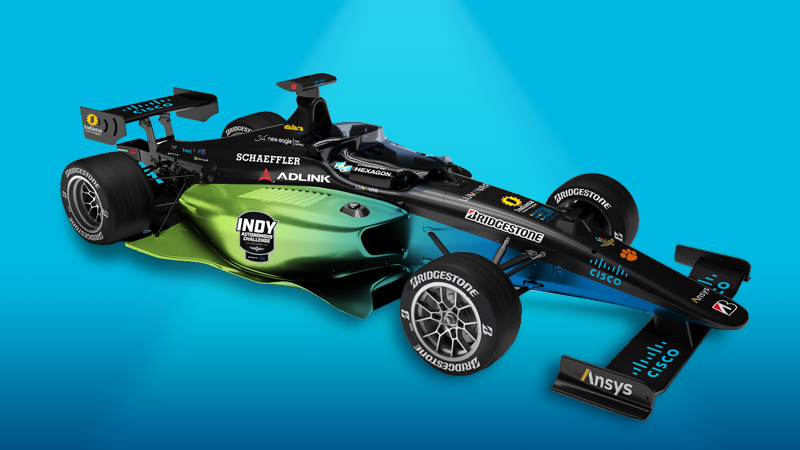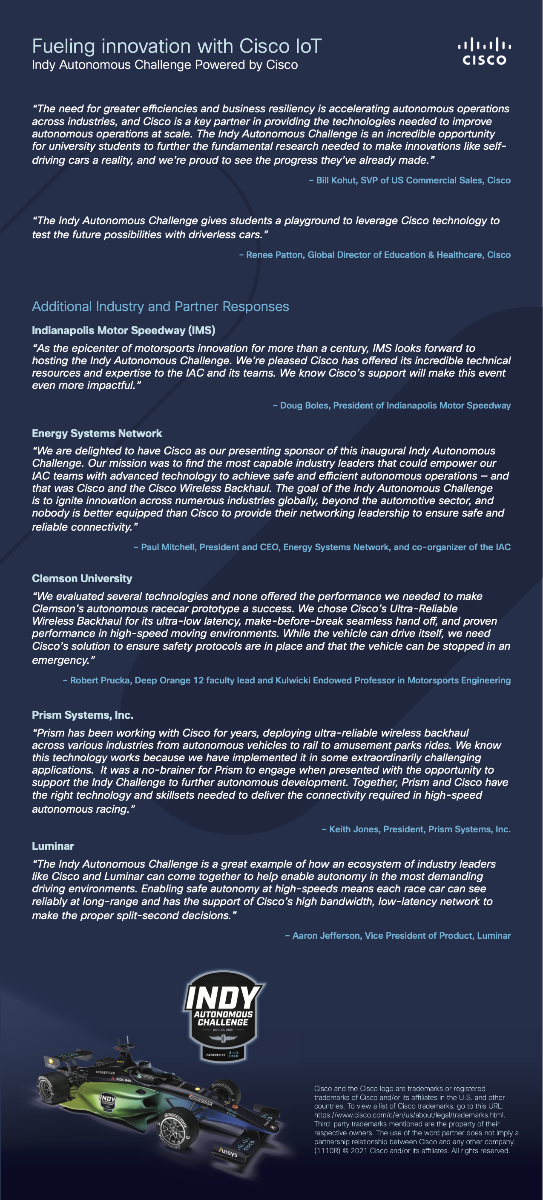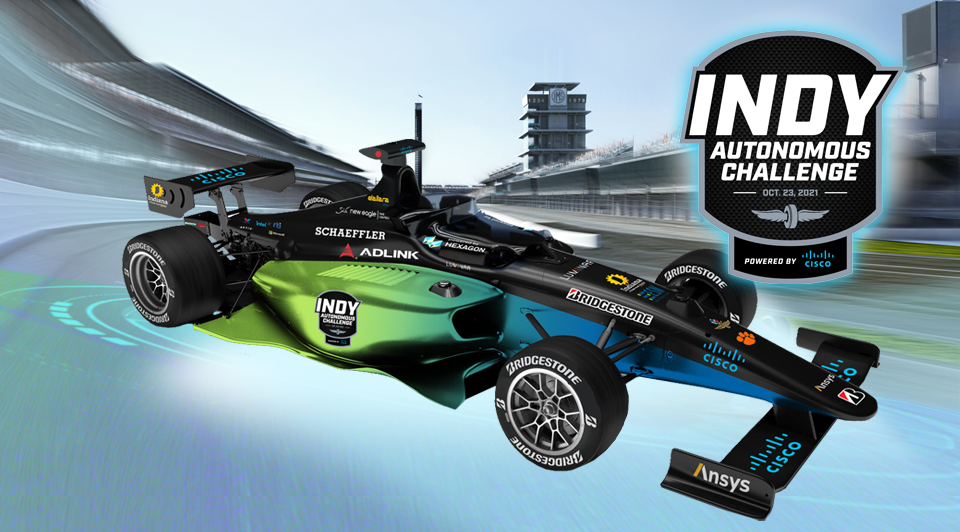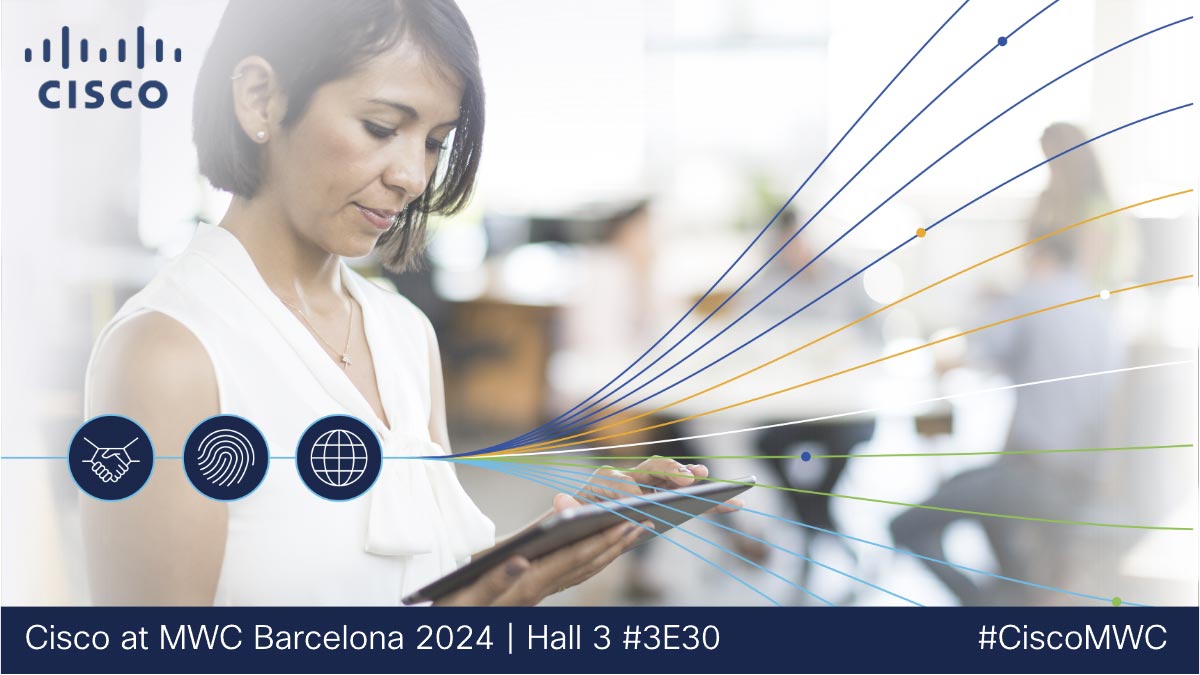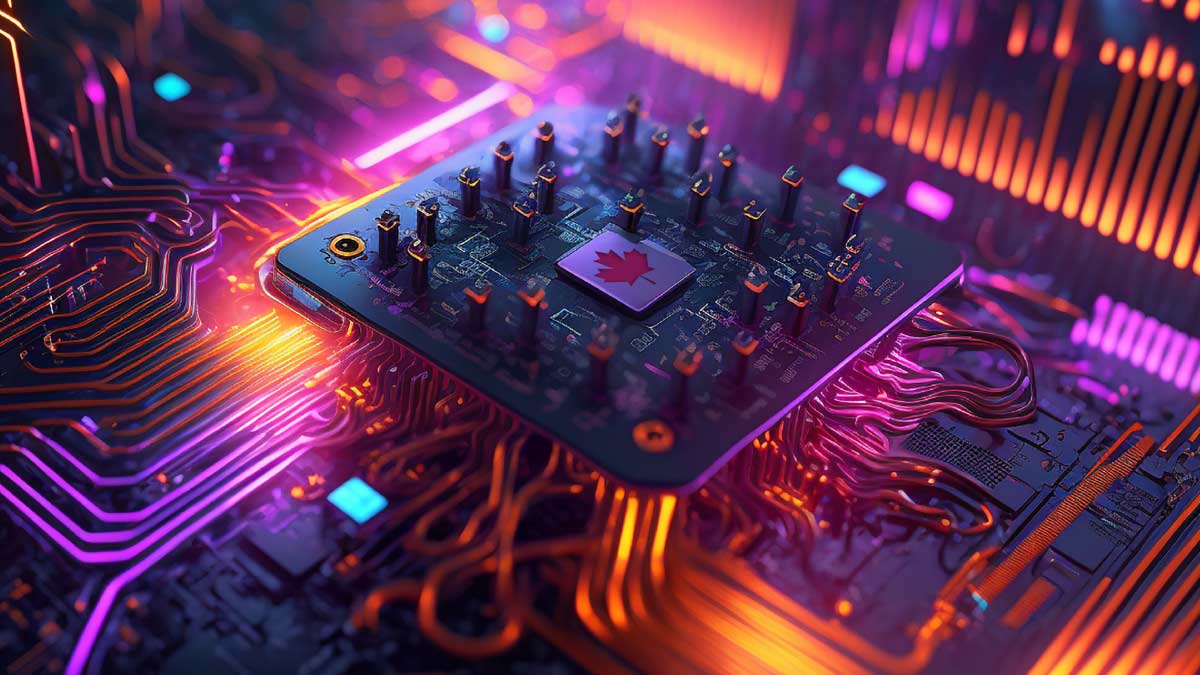News Summary:
- Cisco is enabling critical car-to-trackside connectivity for the first autonomous race at the Indianapolis Motor Speedway with Dallara-built AV-21 racecars using highly reliable, ultra-low latency wireless technology
- Cisco is empowering student innovation to further autonomous development and improve vehicle safety and performance
- Cisco is driving the future of connectivity forward for every type of automated environment – from autonomous vehicles to driverless trains and automated factories and warehouses
SAN JOSE, Calif. — September 21, 2021 — Today, Cisco (NASDAQ: CSCO) announced its premier sponsorship of the Indy Autonomous Challenge (IAC), the first autonomous racecar competition at the world-renowned Indianapolis Motor Speedway (IMS) with teams from 21 universities competing for $1.5M in prizes. Cisco is providing the critical wireless connectivity enabling the racecars to safely participate in the competition on October 23, 2021 at IMS, which has long been a proving ground and catalyst for automotive innovation.
The IAC has brought together institutions of higher education and technology partners to empower the next generation of engineers and raise awareness of the impact that automation can have to improve vehicle safety and performance. The challenge requires university students to develop innovative solutions which not only contribute to accelerating autonomous vehicle development, but also help solve all types of edge scenarios in real-world autonomous operations.
All IAC teams will use a Dallara AV-21 designed for autonomous racing with hardware and controls provided by IAC industry sponsors, re-engineered and assembled by Clemson University (CU-ICAR) Deep Orange 12 students to enable automation. This allows the racecar to accommodate each team’s driverless algorithms, which will complete all actions normally performed by a human driver. The teams are responsible for the autonomous driving software, which makes all driving decisions on board by collecting information from cameras, GPS inputs, and sensors, including Luminar’s long-range LiDARs, which are the key sensors that enable autonomy by providing comprehensive and reliable data. Luminar’s LiDARs have high resolution, wide horizontal field of view, and dynamic scanning capabilities that allow the race cars to recognize other cars or debris both near and far, adding the necessary redundancy for long-range detections.
Cisco Technologies Powering the IAC
Cisco’s history of delivering reliable connectivity at high speeds made it a natural fit to provide car-to-trackside connectivity. Cisco powers the connectivity to and from the vehicles, which includes race control commands, telemetry data offload, and GPS timing alignment. This is possible using Cisco’s industrial networking technology:
- Cisco Ultra-Reliable Wireless Backhaul combines the reliability and speed of fiber connectivity with the flexibility of wireless communications. It provides private mobile connectivity for mission critical applications. Like 5G, it delivers stable, ultra-low latency broadband wireless communications.
- Cisco Catalyst Industrial Switches offer up to 40 Gigabit throughput in the vehicle to connect various Lidar, cameras, and other sensors to the drive PC; providing the necessary bandwidth and network speed to process information in these environments.
“The need for greater efficiencies and business resiliency is accelerating autonomous operations across industries, and Cisco is a key partner in providing the technologies needed to improve autonomous operations at scale," said Bill Kohut, SVP of US Commercial Sales, Cisco. "The Indy Autonomous Challenge is an incredible opportunity for university students to further the fundamental research needed to make innovations like self-driving cars a reality, and we’re proud to see the progress they’ve already made.”
Autonomous Innovations Improve Industries Beyond Racing
The same Cisco technologies connecting the IAC are used to connect autonomous operations in automotive and other industries like industrial automation/manufacturing, warehouses, railways, mass transit, mining, and ports.
Use cases like connected robots on a factory floor and autonomous haul trucks in mines require data instantly and in mass, demanding a new type of networking that can support that data plus deliver the speed required for analysis. This new class of industrial networking must provide the ability to handle more network bandwidth, offer zero-latency data and support edge compute.
Resources:
- Blog: Autonomous Racing Will Change Your Business
- Video: Behind the Scenes: Cisco IoT Powers the Indy Autonomous Challenge
- Cisco IoT and Indy Autonomous Challenge
- IAC Challenge Event Page
- Cisco Catalyst Industrial Switches
- Cisco Ultra-Reliable Wireless Backhaul
About Cisco
Cisco (NASDAQ: CSCO) is the worldwide leader in technology that powers the Internet. Cisco inspires new possibilities by reimagining your applications, securing your data, transforming your infrastructure, and empowering your teams for a global and inclusive future. Discover more on The Network and follow us on Twitter.
Cisco and the Cisco logo are trademarks or registered trademarks of Cisco and/or its affiliates in the U.S. and other countries. A listing of Cisco's trademarks can be found at www.cisco.com/go/trademarks. Third-party trademarks mentioned are the property of their respective owners. The use of the word partner does not imply a partnership relationship between Cisco and any other company.
